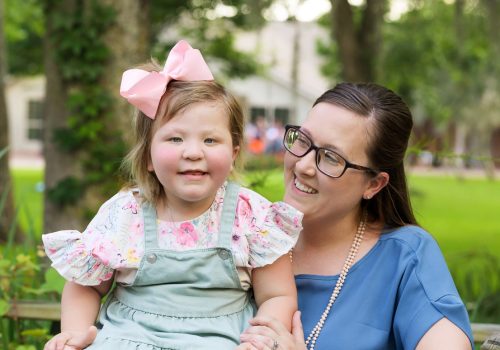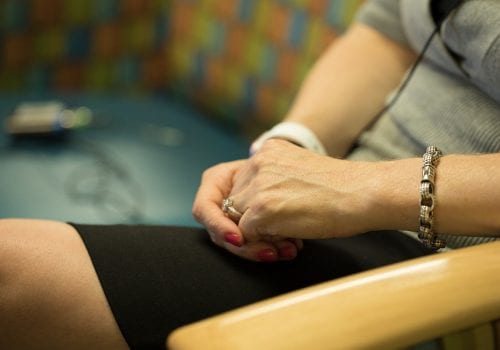The answers to a deadly childhood bone cancer could be locked in a database holding 1,600 iPhones’ worth of data. And thanks to a gift from a Children’s Cancer Research Fund donor, scientists will be able to unlock and analyze the data, potentially discovering the genetic markers that cause Ewing sarcoma. Once doctors find this information, they may be able to detect and prevent the cancer entirely.
“If the answer is in any dataset, it is in this one,” says Logan Spector, PhD. “It will take a few years to wade through all the data … Ewing sarcoma is complex, but we should have a much clearer picture of it by the end of our analysis. It won’t be hard to surpass what we know now, which is nearly nothing.”
Spector has been working with colleagues from the University of Utah on a project called “Genetic Risk Factors for Ewing Sarcoma,” studying the make-up of a bone cancer that has a survival rate of less than 60 percent for teens ages 15-19. “The survival rate hasn’t budged in 20 years,” says Spector.
Then, a funding breakthrough emerged when the National Institutes of Health started the Gabriella Miller Kids First Pediatric Research Program (GMKF), which pays for whole-genome sequencing of patients with childhood cancers or birth defects, as well as their parents. Whole-genome sequencing focuses on all of the DNA in a child’s genome rather than just pieces of it, which makes the analyses more complete. Spector’s Ewing sarcoma project was one of the first chosen to participate in the program.
Originally, he was going to have to work with 1,000,000 gene variants, but, with help from GMKF, he now has all 3,000,000,000 DNA letters in each participant’s genome.
“Instead of a dot painting, we’re getting the richest detail imaginable,” says Spector. “Very few cancer researchers have high-quality whole genomes on hundreds of patients and their parents. Most researchers have to start with the ‘dot painting’ approach to investigating the genome and slowly work toward filling in the picture. We’re getting the whole picture at once.”
Getting the best data possible is a good thing, but when it’s in an unsorted pile, time and expertise are needed. Spector was essentially left with a mound of 3 billion puzzle pieces to sift through.
“Though I have a clear vision of what I wish to examine in the data, I have none of the programming skills needed to actually handle it. Without Children’s Cancer Research Fund’s help, I’d be spending a year and a half just trying to get the funding to put together a team,” he says.
CCRF support has allowed Spector to hire Spencer Kelley, a developer and researcher, to put the puzzle together with the help of supercomputers. Nathan Pankratz, PhD, and associate professor in the Department of Laboratory Medicine and Pathology, supervises the work. “What’s most exciting about the project is looking at the entire genome for the first time in a way we haven’t been able to do before, and with higher accuracy. Our supercomputers are working harder than ever before, and we can come to the answers sooner,” says Pankratz.
According to Spector, this important data analysis could lead to not just early detection, but even prevention of Ewing sarcoma. “There’s no way to tell ahead of time what genes or cellular processes will be implicated by our analysis, but it’s conceivable some of them will be targets of prevention,” he says. “There’s a very tight window of a few years for developing Ewing sarcoma. If we could identify children at risk and offer them a preventative agent, we could perhaps steer them through adolescence disease free, after which the danger will have passed.”
For now, Spector thinks identifying children at high risk and following them intensively for early tumor development is the more easily obtainable goal — a goal that could save lives.
To read more about the research we fund and the children your support effects, download our Annual Report.
Raise money for better treatments
Every $1 donated helps researchers secure $18 in additional funding to make groundbreaking discoveries. No fundraising idea is too big or too small to make a lasting impact in the life of a child with cancer.




